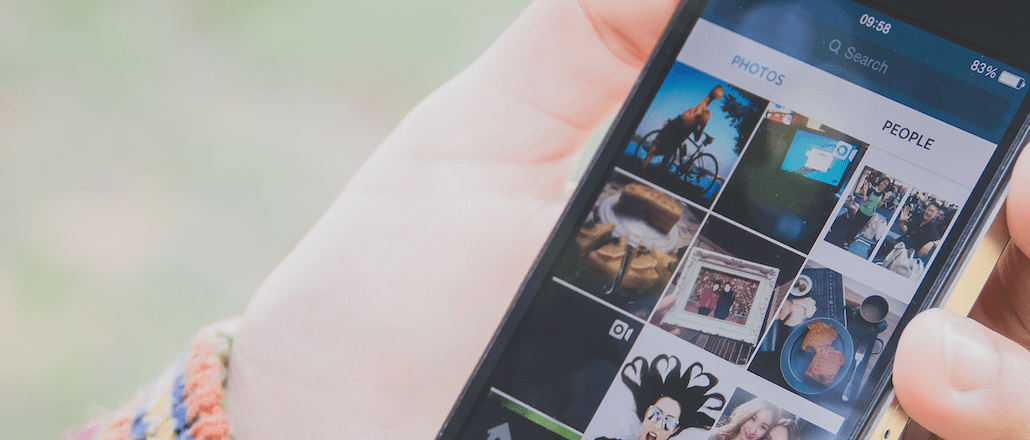
Advertising on Instagram has so far been the domain of only a handful of big digital-spending brand advertisers, who have used it to push brand engagement. But Instagram is now cranking up its advertising, opening itself to both big and small advertisers, letting them target their consumers based on age, gender and other interests.
For brands and marketers, it’s been a long time coming.
“With Instagram’s continued growth, advertising demand is strong – especially with our clients targeting digital natives,” said Doug Rozen, chief innovation officer at Meredith Xcelerated Marketing. “These new features now provide stronger opportunities for users to engage with a brand’s content as well as more opportunity for us to target specific content to specific audiences.”
“To be honest, I’ve been disappointed that they haven’t used the scale, targeting, reach and ease of views offered by Facebook so far,” added Renee Whittingstall, senior partner and digital group director at MediaCom. “We’ve all been waiting for it and couldn’t be happier.”
The new suite of tools sure are enticing for brands. Apart from the improved targeting, they can now use a new API — a software platform that lets them automate the advertising process, with no pressure of a minimum spend and the option of investing smaller chunks of their inventory.
“Previously you had to spend a minimum of $200,000 to place advertising on Instagram,” said Whittingstall. “With inclusion into the API, advertisers will now be able to purchase Instagram ads the same way they do on Facebook — with more flexibility and no minimums. This should open the door for a lot of brands that do not have large media budgets.”
It also signals a broader shift in mindset for the platform, which has so far been designed to keep people from navigating away. Instagram has, to date, never allowed links that took users outside the app to buy the products in the pictures. Now, it is testing out some direct-response formats and “action” buttons, which means that consumers will be able to now directly take action from an ad to sign up on a website, buy a product or download an app. Until now, brands like The Gap and Lily Pulitzer went around that by partnering with firms like Curalate to use third-party services such as Like2Buy.
“It shows that Instagram is now open to extending its audience for brands to reach out to them,” said Kirsten Atkinson, vp of media & branded integration at Walton Isaacson. “It’s not a division like the church and state anymore, everyone’s together from a marketing perspective.”
Instagram has run several campaigns with brands including Disney, The Gap, General Motors, Michael Kors, AirBnb, Universal Pictures and Taco Bell, which have run glossy “sponsored” photos, GIFs and 15-second video ads. Expect more to come.
“For the beauty space, we’re seeing tremendous traction from Instagram,” said Claudia Allwood, director of US digital marketing at Benefit Cosmetics. “From influencers to brands, comment threads are always full of questions like ‘Where can I get that?’ or ‘What are you wearing?’ And this provides a very seamless path for consumers to get the answer right away.”
The businesses that have most to gain are smaller brands and businesses, said Rob Begg, vp of enterprise strategy at Hootsuite, because they don’t have the marketing mix available to the bigger companies. “I am excited to see what happens at the regional level,” he said.
But a range of new “shoppable” platform options have become available to brands elsewhere recently, including at Google, YouTube and Pinterest. Some brands may take their time before going all in with Instagram.
“For e-commerce-driven companies like ours, it’s the direct-response tracking that’s most important,” said Sarah Gavin, head of communications at Expedia. “What Instagram is planning to do is definitely promising, but we’re not sure it’s there yet.”
More in Media

Podcast companies turn to live events to capture growing advertiser spend
The surge in the number of live podcast events in 2025 reflects a broader shift: advertisers are betting bigger on podcasts — not just as an audio channel but as a full-fledged creator economy play.

Media Briefing: ‘Cloudflare is locking the door’: Publishers celebrate victory against AI bot crawlers
After years of miserably watching their content get ransacked for free by millions of unidentified AI bot crawlers, publishers were finally thrown a viable lifeline.

How Vogue could navigate potential industry headwinds as Anna Wintour — who agency execs say made ad dollars flow — brings on new edit lead
Anna Wintour’s successor at Vogue will have to overcome the myriad of challenges facing fashion media and the digital publishing ecosystem.





